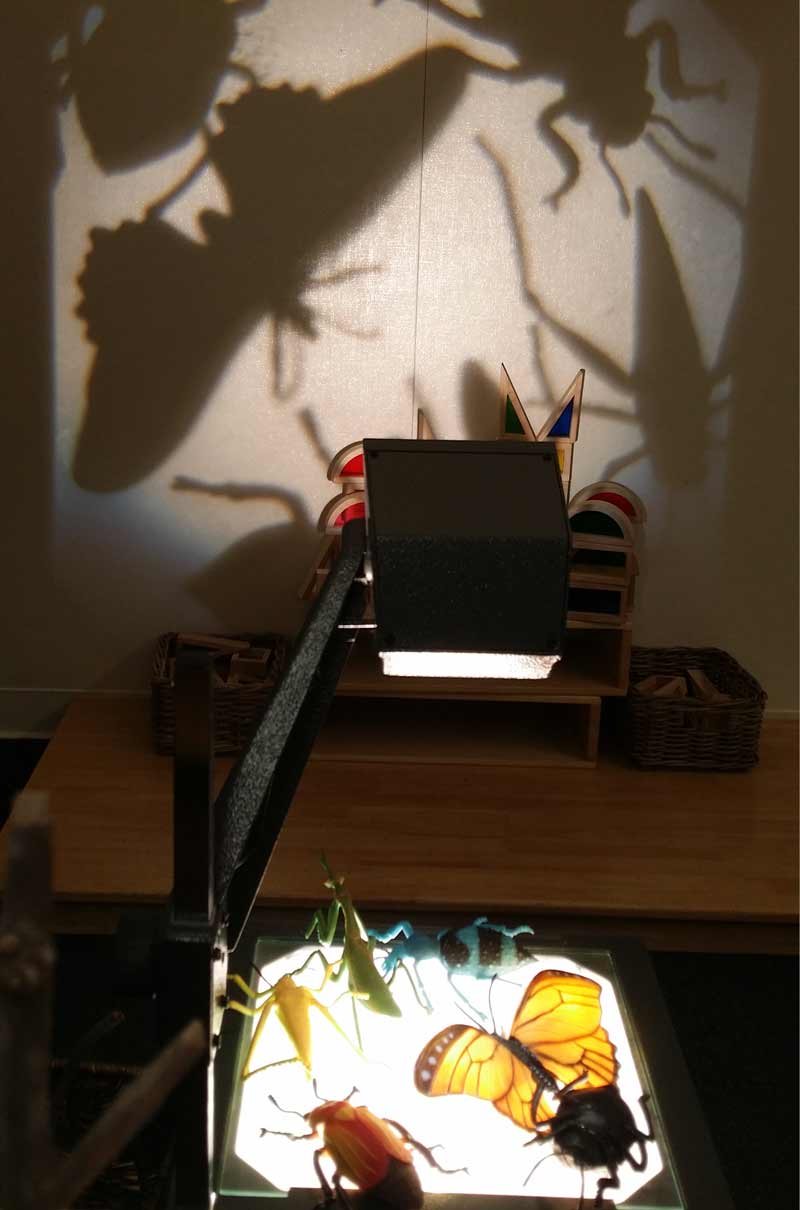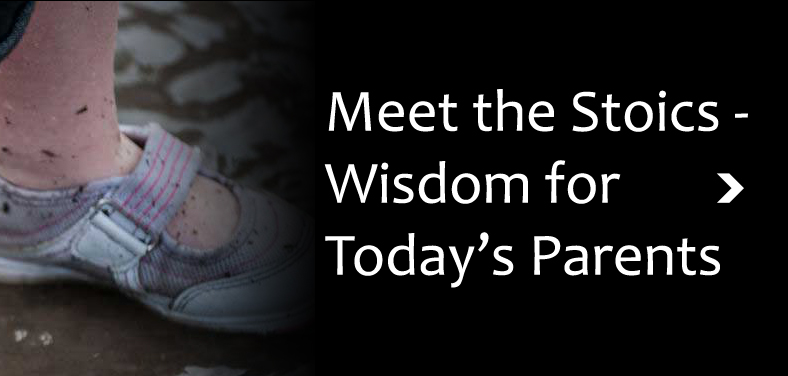This is part 3 of my interview with Marilee Cosgrove of the Fullerton School District. Our focus was on “Lessons Learned” –creating an effective quality pre-school program in a public school context. Below, we discuss how the Fullerton pre-school program evolved to its present state.
Q: Before we get into details, did you get a grant to get started? How did this happen?
A: It happened because we decided to do it, basically. First and foremost it is about the strategies of teaching for child engagement. Understanding child development theories and practice is essential. Environments were rearranged using existing furniture. New supplies – consumables – were purchased or scavenged with specific intention to environmental aesthetics and interaction.
You can’t do everything overnight, it takes a while. We started with an agreement of what we wanted. And it was really the opportunity to empower the teachers to do what they knew, or had learned, were best practices. We started it one classroom at a time, because that’s what we could afford to do. Some of the classroom furniture was probably 30 years old, and had seen it’s time – so that was the first step …
Q: And ….?
We just made a plan. We made a plan, and we stuck with it, in terms of expenditures, and what we wanted. We just made a plan. You make a plan, people buy in, and do you it. Make a plan, make a plan, make a plan! And we stuck with the plan in terms of what we spent and what we did. We started with the expenditures, and what we wanted, and every year we just added a little bit more. We started with the furniture, and then moved to other parts of the child’s aesthetic experience – starting with the natural materials, and the reference books, and the children’s library. And we always had a really strong plan for professional development, which was key to the overall plan, so the teachers could really understand the vision and how we were going to implement it, and that really empowered them.
Q: So you started with one room …
A: You have to start one classroom at a time. It’s hard to have those teachers isolated, but it’s necessary for budgets and logistics. But all kids want to participate in atelier, and the teachers start to get it …
Q: So what happened to the teachers that weren’t in that pilot classroom?
A: we all talked about it, and we got our “Professional Development Development” together … then did two rooms at a time. People knew we were working up to it one room at a time with the budget and the changes, but we started the instruction district-wide, so all the teachers were getting the same learning.
Q: Going to the big picture, how would you say the Fullerton pre-school program is different from typical district-run pre-schools? And what makes that possible?
A: We’re very lucky in that we have a superintendent who supports our program.

We have a school board who understands and supports our program. We have assistant superintendents that support our program.
Because we have that support, we are able to simply do what’s best for the children. Some districts may have barriers so they can’t necessarily do what you want to do. However, you must be able to articulate the benefits and have concrete documentation of your outcomes.




Add comment